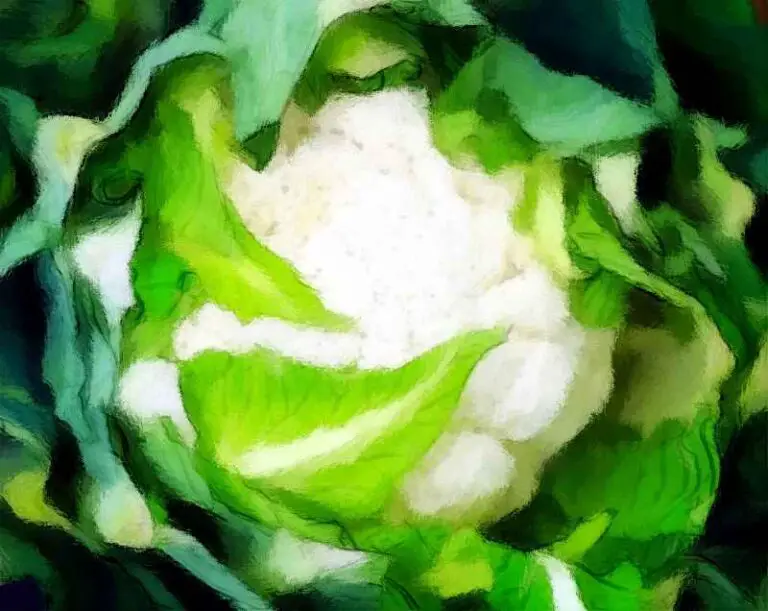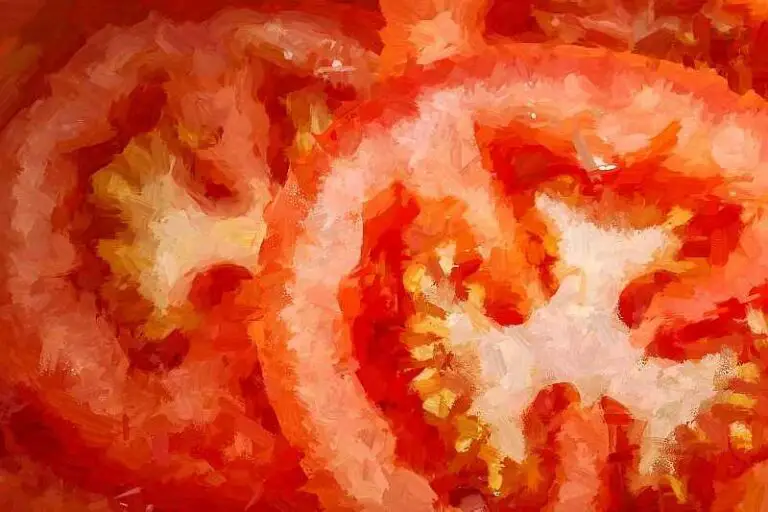If you like sauerkraut you will LOVE whole sour cabbages and the amazing cabbage rolls you can make with them.
Opposite to sauerkraut where cabbage is first shredded then fermented, soured cabbage heads are, as the name suggests, cabbage heads fermented whole.
From that, the friendly nickname of whole head sauerkraut by which they are widely known.
They are very common in the Balkans and almost every country has a recipe and a name for them.
In fact they are also called Romanian sauerkraut, Croatian soured cabbage heads ( kiseli kupus ), kiselo zele ( Bulgarian sauerkraut ) and in many other ways.
In the Slavic area the process of making whole head sauerkraut is often a job which families and entire villages come together for.
They help each other out and spend time together, all while also enjoying some wonderful home made food.
Win win some could say.
So today you’ll learn how to make your own soured cabbages and, thanks to this, you probably won’t ever buy one from the grocery store again.
The recipe I am going to share with you is quite straightforward and can be used to prepare one individual head or a bucket full of them.
We will get there shortly.
But before describing the steps of the recipe, allow me to give you a couple of heads up.
Things To Know Before Starting
FIRST
The Balkans have the perfect temperature to allow a family to ferment tens of cabbage heads at once, store them throughout the winter and never see a spore of mould.
But if you live in a warmer area, or you plan to ferment indoors with a temperature a few degrees higher than 20 Celsius ( 69 F ), the fermentation process will go much faster.
So you better keep your quantities on the modest side, at least at the beginning.
ELSE too many heads will be ready at once and you, your family, your friends and the entire neighbourhood will have to endure a 3 week diet based solely on soured cabbage.
Don’t say I did not warn you…
SECOND
As lovely as fermented cabbages ( both sauerkraut and soured heads ) can be, it is a fact that hardly anyone can go past the smell they profuse.
With that in mind be aware that whichever room you place your vessel in, small or large that is, will soon be permeated by a diffused aroma of… well… intense flatulence.
Because of that, the most convenient places to store the containers are, obviously, garages and cellars.
But if your accommodation does not allow you to do so, don’t let it stop you; just use any room you deem suitable.
It will probably just mean that, because of the smelly smell, your friends and family won’t be visiting you so often, which, for some, can even be a plus.
Believe me, we speak from experience.
Not so much for the family thing but definitely for the smell.
Like many other fermenters, I too like to keep a close eye on my critters, especially if the house is often subject to temperature fluctuations ( ours is ).
That’s why the first time we made sauerkraut I innocently placed the jar in our living room.
Well, it only took us that one time to fully realise that cabbages that are fermenting must be ostracised from the house.
Any house.
THIRD
If you are going all in and ferment several cabbage heads at once, do yourself a favour and use a bucket or a container with a spigot.
Also make sure to place such bucket on a chair or on a shelf BEFORE filling it up.
You’ll soon understand why.
FOURTH
When we ferment any type of fruit or vegetable it’s always recommended to pick the best we are able to find.
Organic or untreated is definitely number one choice, but doesn’t have to be the only one: just use what’s available in your area.
Same as when you make sauerkraut, always make sure to choose the freshest and heaviest cabbage heads.
And always remove any leaf that looks damaged or bruised.
Your end product will be of a much better quality.
And now for the recipe.
Fermented cabbage heads recipe
INGREDIENTS
- Cabbage head(s)
- Salt
- Water
STEPS
- Remove any damaged leaf then accurately wash the heads
- Remove the core of each cabbage with a knife in order to create a hole
- Fill the hole of every cabbage with salt
- Place each head upside down in the vessel ( salt must remain inside the cabbages )
- Pack them as tight as possible
- Prepare a 1% brine calculating the amount of salt ONLY on the weight of water
- Pour enough brine in the container to fully submerge ALL the cabbages
- Weigh them down then close the container
- Ferment cabbage heads for up to 3-4 months, depending on your preferences
IMPORTANT: be very careful when removing the core from the cabbage as the risk of stabbing yourself is quite high.
The best way to do it is to make a deep cross shaped incision in the core then go around the edges with a knife to remove each quarter.
TIPS
Whilst salt inside the cabbages is dissolving, it will naturally tend to sink making the brine at the bottom of the container more salty than the one on the top area.
That’s why once a week for the first 3 weeks the brine needs to be “circulated”.
If you are fermenting one or a few heads all you need to do is shaking the jar and turn it upside down a few times.
If, instead, you are using a bigger and heavier vessel, the easiest way is to drain the brine – 1 litre / 1 quart at the time – via the spigot and pour it back inside the bucket from the top.
Packing cabbage heads as tightly as possible inside the container is paramount to keep them safe from oxygen.
So activate your Tetris-player mode and squeeze your brain to find the best and most efficient arrangement.
To make sure soured cabbage heads remained firm and crunchy people of the Balkans would add a quince to the ingredients.
But if you have anything else containing tannin, like vine leaves, you will get the same result.
The traditional Romanian recipe also includes corn, horse radish, herbs like dill or bay leaves and cumin seeds.
Herbs are used to add specific flavour nuances while corn is added to give the brine and the soured cabbages their typical yellow colour.
Similarly to sauerkraut you will also see that some recipes include whole apples in the ingredient mix.
We have not tried such version yet but we really look forward to making it this coming autumn.
Bulgarian sour cabbage recipe
Bulgarians have a slightly different process when it comes to fermenting whole cabbages and we thought you could be interested in trying that too.
Considering the recipe above as our reference you will have to modify it as follows.
A) The brine ( weight of water only ) will have a minimum of 2% to a maximum of 4% salt concentration
B) Brine is circulated daily
C) Fermentation time is usually 30-40 days
D) Fermentation temperature is strictly between 12 and 18 degrees Celsius ( 53.5 – 64.5 Fahrenheit )
In some households the core is purposely left inside the cabbage head, as it is, by many, considered the best and most beneficial part of the vegetable.
But not coring also means the brine could have troubles permeating the head and reaching the deeper leaves of the cabbage.
That’s why the Bulgarians, who are true fermentation masters, would make a deep crossed shape incision at the base of the cabbage right where the core is.
Then they would gently pull the quarters apart to widen the openings and assure an optimal brine circulation.
This simple action completely solves the problem.
So far we understood that being thorough with the preparation of the cabbages is very important, right?
Another equally important aspect is to understand how to recognise when the heads are fully soured and ready to eat.
Here it is.
How to know when soured cabbage is ready
Establishing if and when a whole head of cabbage is ready is definitely more tricky than checking on sauerkraut where the only thing we need to do is unscrew a lid and taste.
Giving you a definitive time frame is very difficult because the time needed for fermentation depends on many variables that change with each and every batch.
Temperature, total salt concentration, size of the cabbage heads, freshness of the cabbage heads, how they are arranged inside the container and so on.
So the best thing I can do is to share with you the exact process we use and thanks to which we have had, so far, a 100% success rate.
Do as follows.
At the third brine circulation check the cabbage heads.
Have they changed colour? Do they look soft? Do the outer leaves have a different consistency?
When the answer to all three questions is “yes” remove one outer leaf from one cabbage and taste it.
Can it be bent or rolled easily without breaking?
If you are happy with the consistency and the flavour profile YOUR fermented cabbage heads are ready; if you are not let the fermentation continue and taste again.
Remember: the longer the cabbage heads ferment the more tangy and sour they will be.
Also, a longer fermentation will make the leaves softer, so be mindful of this as well.
Eating whole head sauerkraut
The outer leaves from fermented cabbage heads are said to make much better cabbage rolls than boiled or steamed leaves.
So get some minced beef or pork, mix it with the herbs and spices you prefer then wrap everything into the cabbage leaves either to form a roll or a parcel.
( If you intend to make fairly big rolls it is advisable to cook the meat first. )
Then cook them in any way you like : steam them, grill them, cook them on the barbecue, fry them or serve them with a delicious long cooked tomato sauce.
All topped with fermented tomatoes and home made fermented hot sauce.
Yum, yum, yum.
Just like sauerkraut, the inner leaves can be served in soups, salads or as a side, but they can also be pickled with water and vinegar.
And if you just happen to have way too many to eat of just freeze them inside small bags and eat them at your own pace.
So what do you think?
Is it time to find yourself some cabbage heads?
As usual feel free to ask any question in the comment section at the bottom of the page.
See you soon







